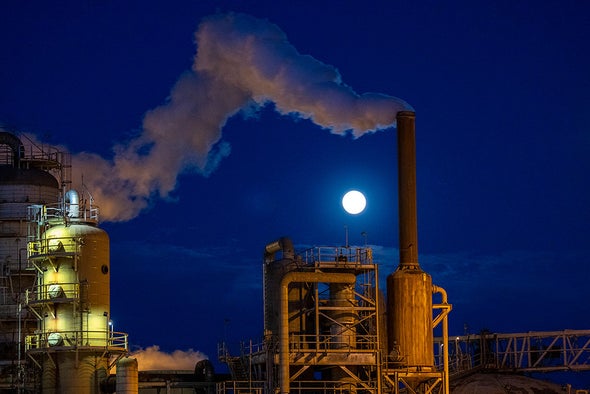A Department of Energy grant aims to cut the cost of new geothermal systems that generate electricity from heat that is miles underground

“The attractive thing about EGS over the conventional geothermal systems is that it’s taking advantage of heat everywhere, on every continent, at five to 15 kilometers depth,” said Stuart Simmons, a research professor at the Energy and Geoscience Institute at University of Utah. “The funding will provide the seed investments to further de-risk the technology and [help] its geographic spread.”
Like gas and coal power plants, geothermal systems can respond to fluctuating power demand. That means that they complement solar and wind power, which are vulnerable to changing weather conditions, said Mark White, a geothermal expert and a mechanical engineer at Pacific Northwest National Laboratory. An EGS system, for example, could theoretically increase power output during peak demand by increasing the flow of water injected into rocks.
Simmons said the hefty price tag for drilling is the biggest challenge to building commercially viable EGS. Developers would need a very hot fluid for efficient power generation, which means they would need to drill several miles deep into the Earth’s crust, rendering projects prohibitively expensive.
Minimizing the drilling cost is key to achieving DOE’s goal of reducing the cost of geothermal generation by 90 percent to $45 per megawatt-hour by 2035.
Both Simmons and White said costs have come down in recent years. The Utah Forge, a major EGS testing project, has figured out ways to reduce drilling times by 20 to 30 percent, leading to cost savings, said Simmons, who also works for the project.
The method is similar to that used by the oil and gas industry in fracking. Developers first drill a well and inject high-pressured water to crack up underground rock. A second well then pumps up the water, now hot from flowing through the fissures.
Successful EGS projects require multiple rounds of fracturing to connect those two wells — the drilling skills that the hydraulic fracking industry mastered nearly a decade ago.
Enhanced geothermal systems might provide a valuable opportunity for oil and gas industry to transition to a low-emission business with their existing expertise and capital investments, White said.
“You see a lot of these oil companies being very interested in geothermal right now because there’s a natural transition from [fracking] expertise to geothermal,” he said.
Reprinted from E&E News with permission from POLITICO, LLC. Copyright 2023. E&E News provides essential news for energy and environment professionals.
ABOUT THE AUTHOR(S)
Minho Kim is an intern at E&E News.


